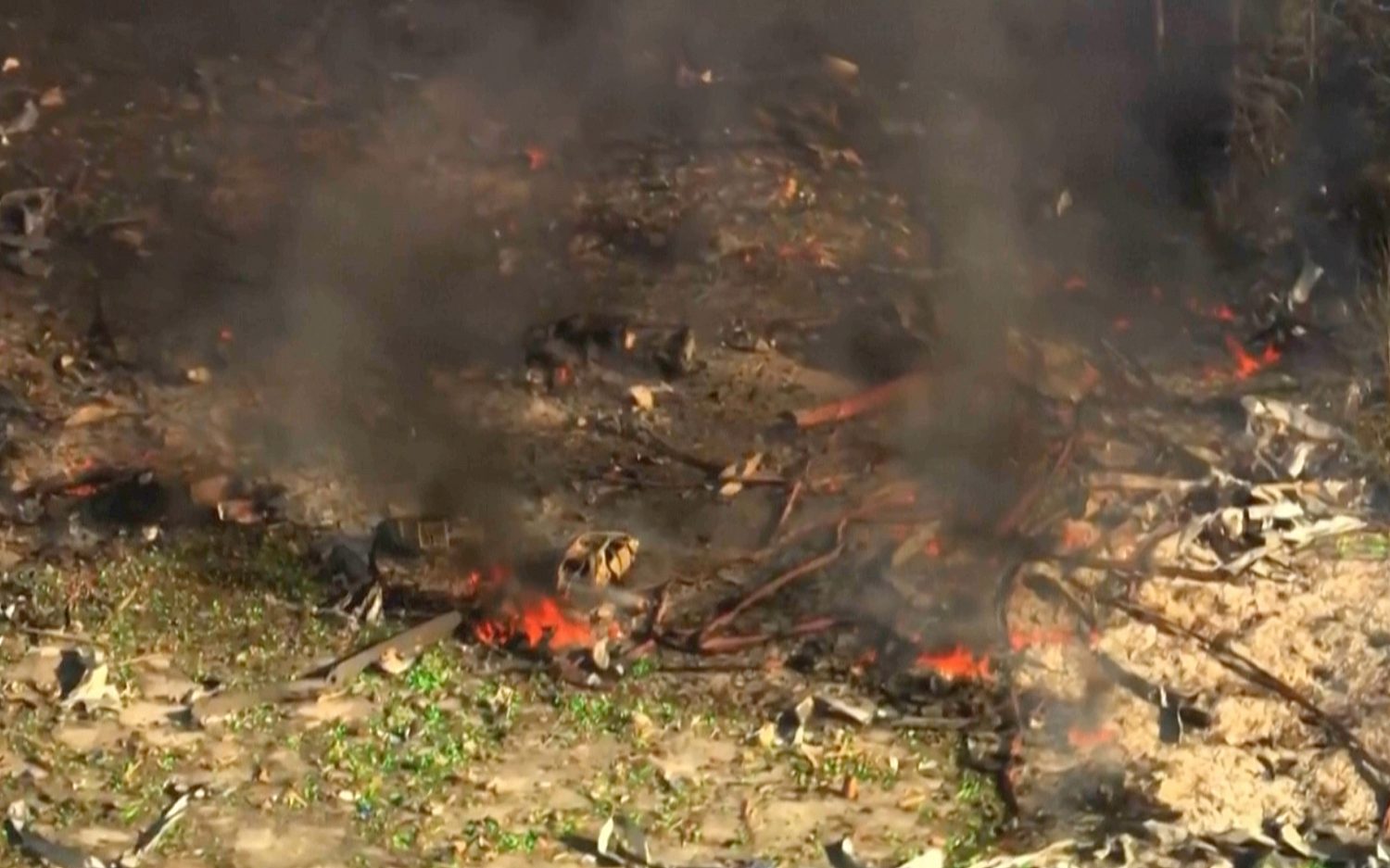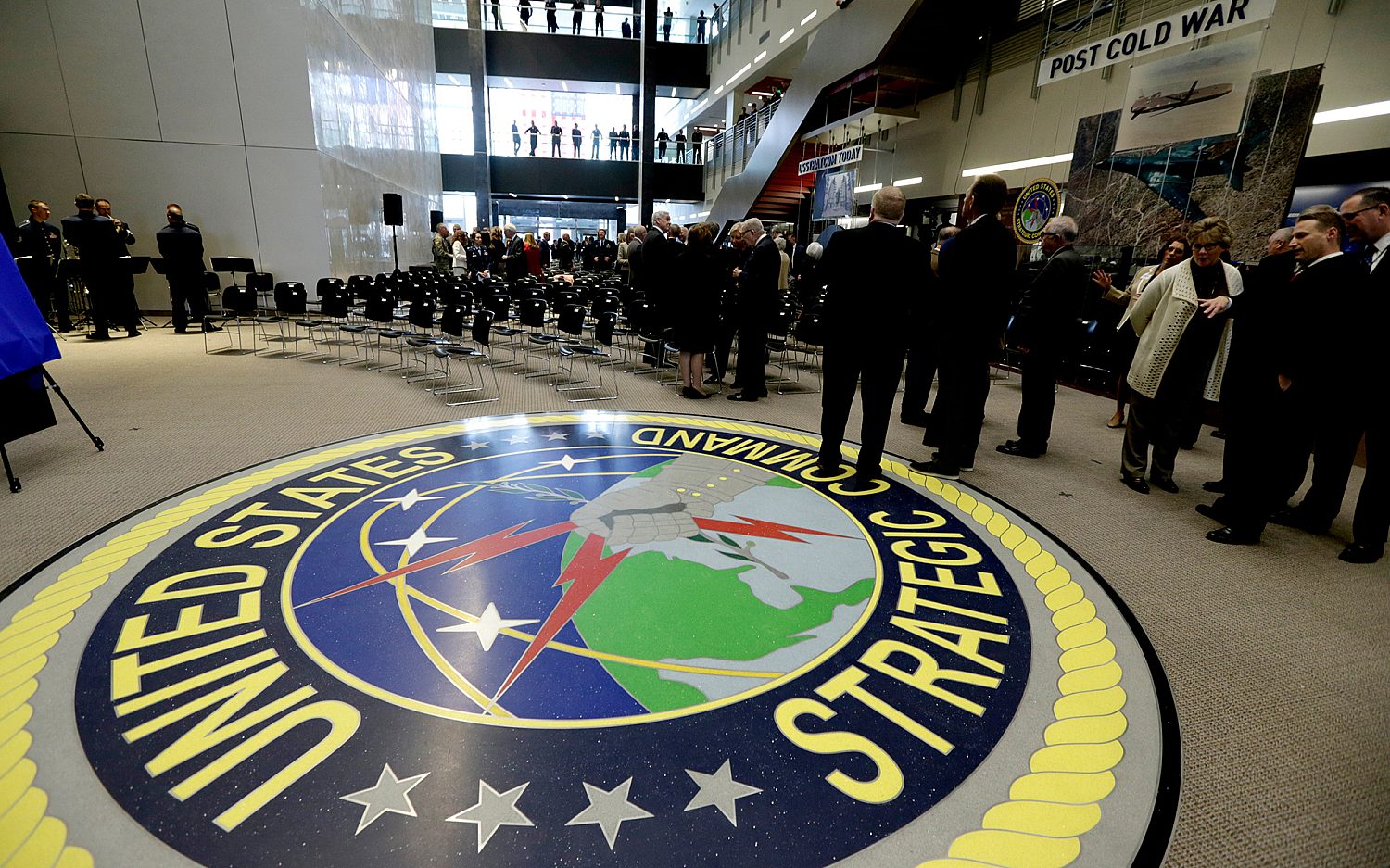The 'Chicken Little' debt ceiling argument
Fiscal conservatives push back on dire predictions as deadline looms
WASHINGTON—As lawmakers on Wednesday rushed to beat a debt limit clock that was supposed to run out at midnight, the White House announced the government’s borrowing authority actually won’t run out for another 24 hours, at the end of Thursday.
It was a little noticed announcement in the midst of the deal furor that erupted on Capitol Hill on Wednesday afternoon. But it underscored the debate among conservative Republicans and the rest of Washington over exactly what hitting the debt ceiling means.
Conservatives argue that the federal government already receives enough revenue in the form of taxes and fees to pay the interest on the nation’s debt and avoid default, even if it means not paying for less important government functions.
Those who claim not raising the federal government’s credit limit would lead to almost immediate catastrophic aftereffects are engaging in fear-mongering, according to some Republicans.
“There’s zero chance that the U.S. government is going to default on its debt,” Sen. Pat Toomey, R-Pa., said recently on MSNBC’s Morning Joe. “It’s unfortunate that people have conflated this idea of not raising the debt ceiling immediately on Oct. 17 and somehow defaulting on our debt.”
Budget experts from across the political spectrum have speculated a wide range of dates for when the U.S. Treasury might run out of money—from Oct. 22 to Nov. 1. But that doesn’t include prioritizing payments using incoming revenue. The nation now has a debt close to $17 trillion, nearly double what it was in 2007, and borrows nearly $2 billion a day.
Fiscal conservatives argue that holding the debt ceiling limit might actually signal to financial markets that lawmakers are finally willing to tackle the nation’s debt explosion. Raising the debt ceiling is another can kicked down the country’s fiscal road, conservatives say.
Toomey said Democrats want “to hold the specter of a catastrophe in front of Republicans to cow us and intimidate us into giving the president what he wants, which is a whole lot of additional borrowing authority with no reforms whatsoever.”
Toomey and other Republicans believe the Obama administration would not willfully choose to inflict catastrophic results by allowing an actual default when it isn’t necessary. That would go beyond the tactics the administration employed during the government shutdown—barricading open-air memorials to make the closure as visible and painful as possible.
The House has already passed a bill, the Full Faith and Credit law, to prioritize payments on debt, interest, Social Security, and Medicare, minimizing any default threat.
“If you don’t raise the debt ceiling that means you won’t have a balanced budget, it doesn’t mean you wouldn’t pay your bills,” Sen. Rand Paul, R-Ky., said recently on CNN. “We bring in $250 billion in tax revenue every month. The debt payment is about $30 billion.”
Democrats and media reports suggesting that Republicans want the government to default are misleading, Republicans say. Paul said Republicans want to let Americans and the financial markets know that the country will always pay its debts. But they argue it can be done without increasing the federal government’s ability to borrow.
At least one investment firm agrees.
“The government would continue to pay interest and principal on its debt even in the event that the debt limit is not raised, leaving its creditworthiness intact,” Moody’s Investor Services reported yesterday. “The debt limit restricts government expenditures to the amount of its incoming revenues; it does not prohibit the government from servicing its debt. There is no direct connection between the debt limit and a default.”
Republicans point to similar end-of the-word arguments made by Democrats during the debate over the automatic, across-the-board spending cuts know as the sequester. Those cuts did go through. Months later, the nation has yet to implode despite the dire warnings. The Obama administration’s handling of the partial government shutdown offers another example. Two weeks into the closure, the nation is not rioting.
Rep. Tim Huelskamp, R-Kan., called it the “Chicken Little” argument. Huelskamp said there are no payments due the nation’s creditors on Oct. 17. In fact, the next payments aren’t due until Nov. 15.
“The debt ceiling’s not the problem,” Huelskamp said Sunday on CBS’s Face the Nation. “It’s the fact that they’ve been spending about a trillion dollars more than they’ve been taking in."
All that means that probably nothing would happen on Oct. 18 if the debt ceiling is not raised. But when it is raised, Washington likely will continue to do what Huelskamp said is its biggest problem: spend too much money.
Added Toomey: “What’s totally unacceptable is for the president to think that he should be the first president in modern times not to have to address our overspending problem.”
An actual newsletter worth subscribing to instead of just a collection of links. —Adam
Sign up to receive The Sift email newsletter each weekday morning for the latest headlines from WORLD’s breaking news team.





Please wait while we load the latest comments...
Comments
Please register, subscribe, or log in to comment on this article.